1. The Stata Center, MIT
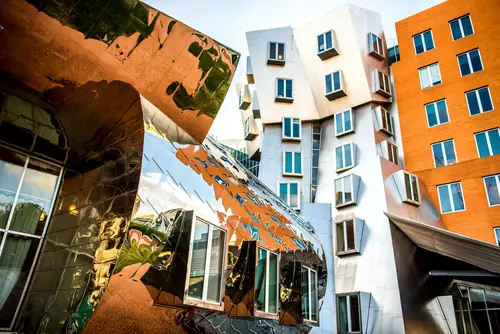
Another Frank Gehry project, the Stata Center at MIT, was designed to inspire innovation. Instead, it inspired a lawsuit. Not long after its 2004 completion, the building developed leaks, drainage issues, and dangerous ice slides from its quirky angles. MIT eventually sued both Gehry and the construction firm, calling the design “deficient.”
Gehry admitted that some details “got lost in the shuffle” but defended the overall vision. Repairs cost millions, and the controversy sparked debate about form versus function in modern architecture. Today, the Stata Center still stands as both a landmark and a cautionary tale. At MIT, even geniuses can get humbled by the laws of physics.
2. The John Hancock Tower, Boston
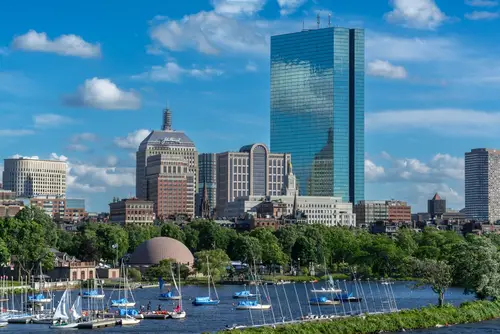
When it opened in the 1970s, Boston’s sleek John Hancock Tower was hailed as a modernist marvel. But within months, massive glass panes began popping out and crashing onto the streets below—some weighing nearly 500 pounds. Pedestrians were terrified, and the area was cordoned off for safety as engineers scrambled for answers. Architect Henry N. Cobb later called the fiasco “the most painful experience” of his professional life.
The issue turned out to be thermal stress—Boston’s cold winters and warm interiors created pressure that the glass couldn’t handle. Replacing every panel cost millions and dragged the project’s reputation through the mud. Even after repairs, locals joked about the “Plywood Palace,” a nickname from the temporary wooden panels used in place of the glass. Cobb’s design brilliance endured, but that early disaster became an enduring part of its legend.
3. The Citigroup Center, New York
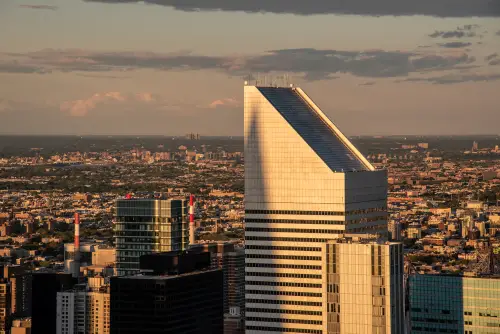
When the Citigroup Center opened in 1977, its bold, stilted design was celebrated for making space over a Manhattan church below. What the public didn’t know was that the skyscraper was nearly a structural catastrophe waiting to happen. An engineering student’s question later revealed a flaw—certain wind angles could have toppled the entire building. Architect Hugh Stubbins and engineer William LeMessurier quietly oversaw emergency reinforcements, working at night to avoid panic.
The crisis remained secret until years later, when the story broke and stunned the architectural world. Had a hurricane hit New York that summer, the collapse could have been catastrophic. The quick, discreet fix saved both the tower and its creators’ reputations. Still, it remains one of architecture’s most famous “what ifs.”
4. The Vdara Hotel, Las Vegas
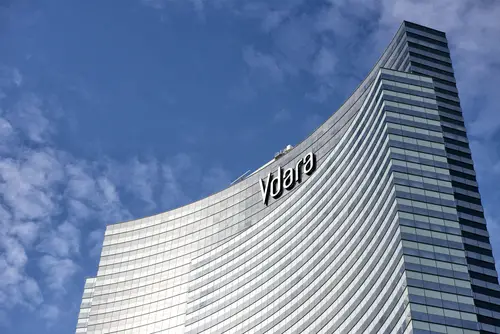
When the Vdara Hotel opened in 2009, guests expected luxury, not a battle with the sun. The curved glass façade acted like a giant magnifying glass, focusing sunlight onto the pool deck with blistering intensity. Visitors reported their hair burning and plastic cups melting—earning the building the nickname “the death ray.” Architect Rafael Viñoly had to face intense scrutiny for what many saw as a rookie oversight.
The problem was pure physics: concave surfaces reflect light in concentrated beams. Engineers eventually installed a shading film to diffuse the glare, but the damage to the hotel’s image was done. Viñoly later faced similar issues with another project in London, which only cemented the Vdara’s infamy. It’s a reminder that in Vegas, what happens doesn’t always stay there.
5. The Walt Disney Concert Hall, Los Angeles
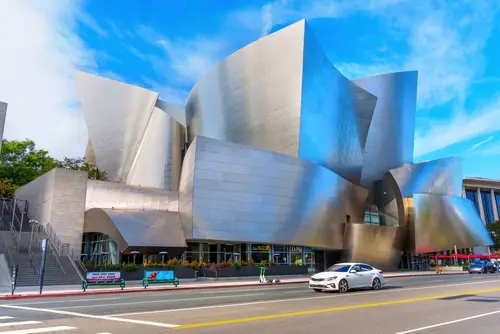
Frank Gehry’s stainless steel masterpiece dazzled downtown Los Angeles when it opened in 2003. But not long after, residents in nearby condos started complaining of unbearable heat and blinding glare from the building’s reflective panels. Some sidewalks and homes reached temperatures high enough to fry eggs, leading to dozens of complaints and even medical concerns. It wasn’t exactly the kind of “warm reception” Gehry had in mind.
The solution involved sanding down parts of the steel surface to reduce reflection. Though the fix worked, the debacle became one of Gehry’s most talked-about missteps. The irony? The problem only affected a few panels—but those few made global headlines. For an architect known for his daring curves, it was a harsh lesson in the literal power of reflection.
6. The Tacoma Narrows Bridge, Washington
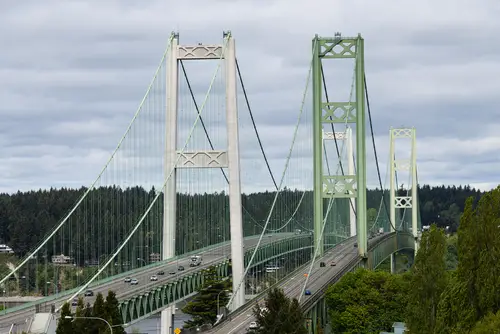
Though not a building, the original Tacoma Narrows Bridge earns a spot here for its infamous collapse in 1940. Nicknamed “Galloping Gertie,” it twisted and buckled dramatically in high winds just months after opening. The footage became legendary in engineering classrooms worldwide. Designer Leon Moisseiff’s pride turned into professional humiliation overnight.
The problem was aerodynamic instability—something not yet fully understood at the time. After the collapse, new standards for wind testing were implemented, changing bridge design forever. Though a new bridge later replaced it, the original’s failure still haunts engineering history. Moisseiff’s innovative ideas proved that sometimes, being ahead of your time can be disastrous.
7. The Millennium Tower, San Francisco
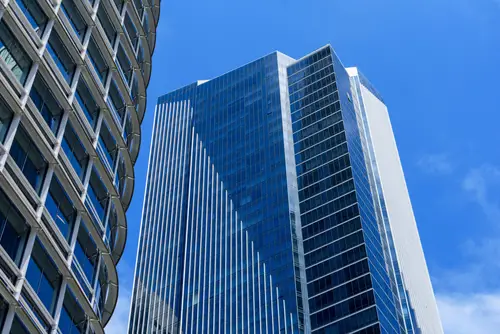
When the Millennium Tower opened in 2009, it promised ultra-luxury living in downtown San Francisco. Instead, it started sinking and tilting—by more than a foot—within a few years. Residents panicked as walls cracked and floors shifted. For architect Glenn Rescalvo, the building became a case study in how cutting-edge design can literally lose its footing.
The culprit wasn’t just design—it was engineering choices and soil conditions. The tower’s foundation didn’t reach bedrock, leading to settlement in the soft Bay mud. Lawsuits, finger-pointing, and multimillion-dollar fixes followed. Even today, the building’s tilt remains a symbol of hubris in urban development.
8. The Aon Center, Chicago
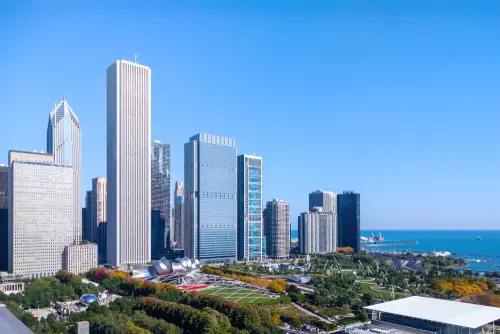
Completed in 1973, Chicago’s Aon Center was originally clad in stunning Italian Carrara marble. Unfortunately, that marble couldn’t handle the city’s brutal weather. Panels cracked and bowed, forcing the entire building to be re-clad in granite just fifteen years later. Architect Edward Durell Stone’s elegant design became a logistical nightmare.
The re-cladding project cost tens of millions and disrupted the building for years. The replacement gave it a more subdued appearance but saved it from structural failure. The debacle remains one of the costliest façade repairs in U.S. history. Even in the Windy City, beauty sometimes just can’t stand up to the elements.
9. The Seattle Central Library, Seattle
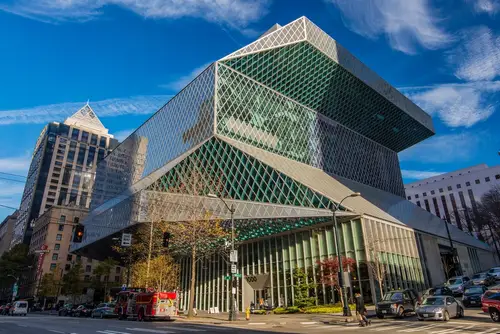
Rem Koolhaas’s Seattle Central Library wowed critics when it opened in 2004 with its jagged, futuristic look. But librarians quickly discovered a major issue: the design made navigation confusing for visitors. Many complained they couldn’t find books, exits, or even the bathrooms. Function, it seemed, had taken a backseat to form.
The library’s massive glass walls also created energy inefficiency, forcing the city to invest in costly climate control. Koolhaas defended the building as a “machine for reading,” but locals weren’t always convinced. Over time, though, the building earned a cult following despite its quirks. Still, its early confusion left the architect wincing at the headlines.
10. The Wainwright Building, St. Louis
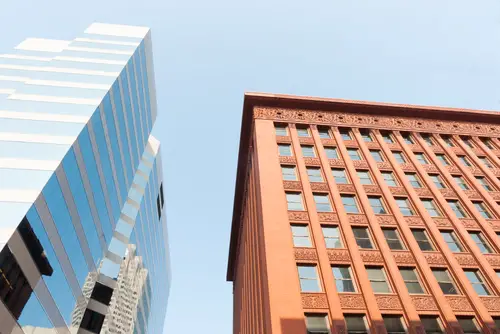
Louis Sullivan’s 1891 Wainwright Building is hailed as one of the first true skyscrapers. But when it was completed, critics weren’t kind. Many dismissed Sullivan’s vertical design as awkward and unbalanced, and it struggled to attract tenants at first. For the man now called the “father of modernism,” that early reception stung deeply.
The irony is that Sullivan’s ideas—form following function—would later define 20th-century architecture. Unfortunately, his career faltered soon after, as tastes shifted toward Beaux-Arts ornamentation. The Wainwright only gained recognition decades later. Sullivan didn’t live to see it redeemed, making its legacy bittersweet.
11. The Harmon Hotel, Las Vegas
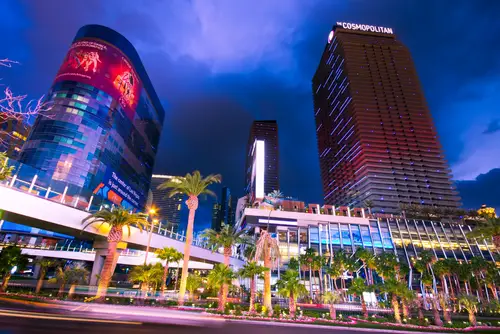
Designed as part of the massive CityCenter complex, the Harmon Hotel was supposed to be a glittering symbol of Vegas luxury. Instead, it never opened to the public. During construction, inspectors found critical structural flaws—improperly installed rebar that made the tower unsafe. The project was halted midstream, and years of litigation followed.
Architect Norman Foster’s name was attached to what became one of Vegas’s most expensive demolitions. In 2015, the entire unfinished building was torn down. It was a rare case where a luxury skyscraper’s story ended before it even began. For Foster, it was a reputation hit that money couldn’t easily fix.
12. The Watergate Complex, Washington, D.C.
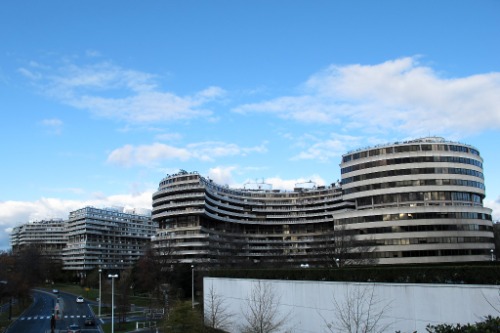
Long before it became shorthand for scandal, the Watergate Complex was already controversial. Designed by Luigi Moretti, the curving, modernist buildings were criticized by locals as eyesores when they opened in the 1960s. Then came the 1972 break-in that toppled a presidency. Overnight, the name “Watergate” became synonymous with corruption—not architecture.
Moretti had hoped the complex would symbolize modern sophistication in the capital. Instead, it became forever linked to one of America’s darkest political moments. Even today, tourists visit for history, not design. For its architect, it was the ultimate case of a legacy rewritten by events beyond his control.
This post 12 Famous American Buildings With Stories Their Architects Would Rather Forget was first published on American Charm.


